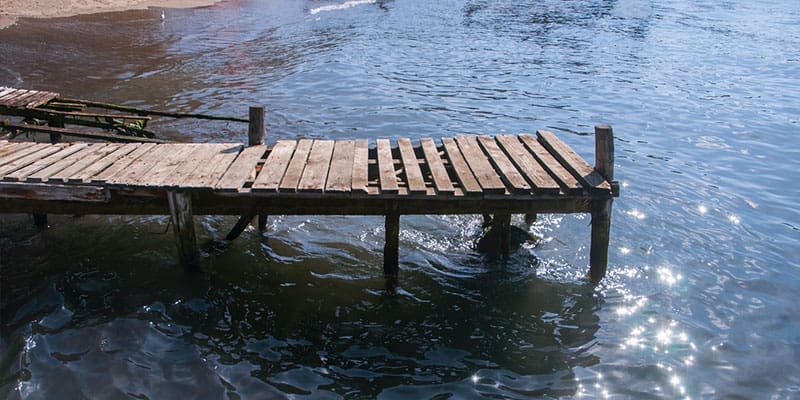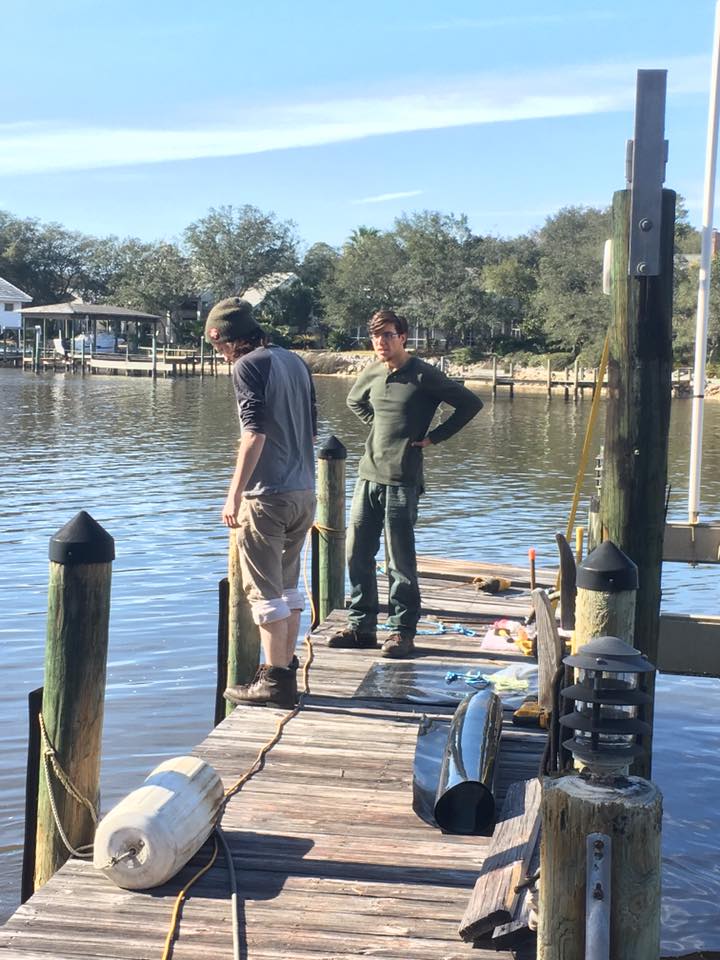Expert Insights on Resilient Dock Repairs Solutions
Expert Insights on Resilient Dock Repairs Solutions
Blog Article
Reliable Dock Fixing Techniques: Guaranteeing Structural Honesty
Guaranteeing the architectural honesty of docks via reliable repair work methods is vital for the longevity and security of marine facilities. This includes a multi-faceted approach beginning with detailed examinations utilizing innovative modern technologies like finder tools and from another location operated vehicles (ROVs) to identify both noticeable and concealed damages. Subsequently, choosing the right repair work materials, such as composite products and corrosion-resistant alloys, is important for sturdiness. Structural support methods, including the execution of cross-bracing systems and load-distribution plates, play an essential role in mitigating stress and anxiety factors. The importance of these strategies comes to be apparent when checking out sophisticated repair service methods and preventative maintenance techniques.
Evaluating Dock Damages
Examining dock damages is a vital initial step in making certain the architectural integrity and safety and security of any type of docking facility. This first analysis involves a thorough inspection to determine both noticeable and hidden problems. Secret elements to analyze consist of the dock's structure, pilings, outdoor decking, and equipment. Each part needs to be scrutinized for indications of wear, rot, corrosion, or other forms of deterioration that can jeopardize the architectural integrity.
Structural engineers or certified inspectors usually do these evaluations making use of specialized devices and techniques. As an example, undersea examinations may use finder equipment or from another location operated automobiles (ROVs) to identify submerged damages. Over water, aesthetic examinations are matched by utilizing wetness meters and other diagnostic devices to uncover underlying problems not quickly visible to the naked eye.

Finding Repair Service Products
Choosing the ideal repair materials is a crucial step in the dock repair process, one that straight influences the longevity and performance of the repaired structure. Product option should be driven by aspects such as ecological conditions, load-bearing demands, and compatibility with existing dock elements. For circumstances, wood is a typical selection for docks as a result of its natural strength and visual appeal. However, choosing the ideal kind of timber, such as pressure-treated lumber or normally rot-resistant species like cedar or teak wood, is vital to hold up against aquatic environments.
Along with wood, composite materials are significantly popular as a result of their resilience and low upkeep requirements. Composites, typically made from a blend of plastic and wood fibers, provide outstanding resistance to rot, bugs, and UV damage. For steel anchors, choosing corrosion-resistant alloys such as galvanized steel or marine-grade light weight aluminum is necessary to protect against rust and ensure structural honesty in saline water conditions.
Epoxy resins and marine-grade sealers are vital for repairing splits and sealing joints, giving a water resistant obstacle and enhancing the dock's total stamina. By meticulously selecting high-quality materials, dock repairs can achieve resilient outcomes, thereby protecting versus future destruction and making sure secure, reliable usage.
Structural Reinforcement Techniques
Effective structural support techniques are important in making certain the stability and durability of dock repair work. This technique is specifically reliable for docks subjected to hefty lots or rough environmental conditions.
An additional essential method is the application of fiber-reinforced polymers (FRP) These products offer high strength-to-weight proportions and exceptional resistance to deterioration, making them perfect for strengthening concrete or wooden anchors. FRP can be applied in sheets or strips and bound with epoxy resins to improve structural integrity.
Bracing and securing systems likewise play an important duty in architectural support. Cross-bracing, using metal or wooden light beams, can combat side pressures, reducing guiding and activity. Securing systems, such as helical piers or driven stacks, supply a steady foundation by moving tons to deeper, a lot more steady soil layers.
Last but not least, the assimilation of load-distribution plates can assist distribute weight much more evenly across the dock's surface, reducing local tension points. These techniques collectively guarantee that docks continue to be robust and safe, qualified of enduring the roughness of their operational atmosphere.
Advanced Fixing Approaches

One more sophisticated technique involves underwater welding, which permits for repair work to be carried out without the requirement to dewater the location. This approach is specifically helpful for addressing architectural problems in submerged dock components, ensuring very little disturbance to procedures. Boosted welding methods, combined with robot systems, deliver precision see this and reliability, therefore expanding the life expectancy of the dock.
Additionally, cathodic protection systems are executed to prevent deterioration in metal dock frameworks. By utilizing sacrificial anodes or pleased existing systems, these techniques properly minimize the electrochemical processes that lead to material damage.
Lastly, advanced surveillance modern technologies, such as structural wellness surveillance (SHM) systems, give real-time information on the condition of dock frameworks. These systems enable proactive maintenance and timely interventions, ultimately ensuring the lasting structural stability of the dock.
Upkeep and Prevention
Maintenance and prevention are essential principles that underpin the durability and safety and security of dock frameworks. Normal assessments are paramount, permitting early detection of deterioration, possible weak points, and environmental effects. A proactive method, involving routine checks for corrosion, rot, and structural changes, minimizes costly repairs and extends the dock's operational life.
Precautionary procedures must include using protective finishings to metal components to defend against corrosion and utilizing cured timber to stand up to decay. Furthermore, making certain appropriate drainage and ventilation can avoid water buildup, which is an usual reason of structural destruction. Integrating high quality products and adhering to supplier standards during building and repair stages likewise play essential functions in boosting sturdiness.

Training employees in dock maintenance finest techniques guarantees regular application of safety nets. Leveraging technological breakthroughs, such as drones for evaluations and sensing units for real-time monitoring, can further improve upkeep initiatives. By prioritizing upkeep and avoidance, dock owners can make certain structural integrity, functional safety, and affordable administration over the dock's lifespan.
Final Thought
Finally, maintaining the structural stability of aquatic centers demands extensive dock repair service strategies. Comprehensive examinations making use of innovative tools uncover both visible and concealed damages, while the choice of suitable repair materials enhances resilience. Implementing architectural reinforcement approaches addresses stress and anxiety points effectively. Advanced repair service techniques, coupled with normal upkeep techniques, make sure the dock stays operational and secure under varied environmental conditions. Adopting these strategies substantially extends the life-span and performance of marine infrastructure.
Guaranteeing the architectural stability of anchors via reliable repair service strategies is critical for the long life and safety and security of aquatic facilities.Picking the appropriate repair service materials is a crucial step in the dock repair process, one that straight affects look at this site the longevity and efficiency of the fixed framework.Reliable structural support techniques are critical in making certain the stability and durability of dock repair work. By prioritizing maintenance official statement and avoidance, dock proprietors can make certain structural integrity, operational security, and economical administration over the dock's life-span.
In conclusion, maintaining the structural stability of marine centers demands detailed dock repair work techniques.
Report this page